Compline : Night
Natalie Salminen Rude, sculptor and encaustic artist, currently has work on view at the Duluth Art Institute. Up next, she is showing new work at Lizzard’s Gallery (August 8th), and there are a few haiku workshops on her studio calendar. Salminen Rude is no stranger to the creative process. Her willingness to evolve is what has helped her approach the seeds of new ideas and bring them to fruition. There was a time when this deeply contemplative practice felt too painful to approach. The artist would find freedom by, unexpectedly, fostering rest for the soul into her studio time.
The act of creation is a dance of highs and lows, elations and burdens. Faced in solitude, the experience can be fruitful and cathartic, or paralyzing. It can ultimately drive an artist away from their art. Salminen Rude describes her own experience like the pain of being in labor. “The birthing of [the art] felt more taxing than I imagined,” she says. In her art practice she recognized herself reaching the Transition Stage – the stage where mothers feel too overwhelmed by pain and fatigue to continue giving birth. Her spiritual director and mentor advised her to let go, “create in the Spirit and see what happens.” She felt lost, but decided to offer the process to God. She made it a goal to work on her next series, which was due to be shown at Pez Gordo Galeria in Mexico in just a few months, by painting with an attitude of non-attachment. She began prepping seven encaustic pieces, a process using oils and beeswax. The images began to take shape without an agenda. She created for the sake of creating.
Terce : Morning
Ten days before the opening reception, the gallery director at Pez Gordo asked Salminen Rude to deliver an artist’s talk. Reluctantly, she accepted the opportunity and began to panic. She couldn’t find a cohesive thread between the images that she’d been working on. Taking a step back, she opened up the book The Artist’s Rule: Nurturing Your Creative Soul with Monastic Wisdomby Christine Valters Paintner. One chapter discussed a practice from Christian Monasticism called the Liturgy of Hours. In this practice seven phases of the day are set apart for times of prayer. Salminen Rude looked at her canvases again, seeing celestial symbols in different positions on each one. She saw that each piece of art, even the half-finished ones, represented different hours of the Liturgy. The artist describes this as a moment of illumination. She felt that God revealed the work that had been done when she decided to let go.
While preparing for her artist’s talk, Salminen Rude felt compelled to include the spiritual experience that formed the exhibition. She discussed it with the gallery and was encouraged to share her story. Art collectors and gallery visitors were intrigued, and the series sparked diverse conversations about the Divine.
Salminen Rude has remained conscious of letting God shoulder the burden that she once felt in her art practice. Today, she says, “I don’t actually do the birth. That is his work. I’m more like a midwife.” It is still a process to receive and let go, but she recognizes that the choice exists. She continues to create encaustic and sculptural works in her space Studio Haiku, where she also invites the community in for Ladies Drawing Night and Haiku poetry workshops. Day by day, she works toward embodying the act of letting go deeper and deeper still.
On view:
Strata,Duluth Art Institute– until August 11th
Explorations in Encaustic and Oil, Lizzard’s Gallery– Opening August 8th, 4-7pm
RELIT, Gallery 212– Opening October 4th, 5-9pm
Lauds : Dawn

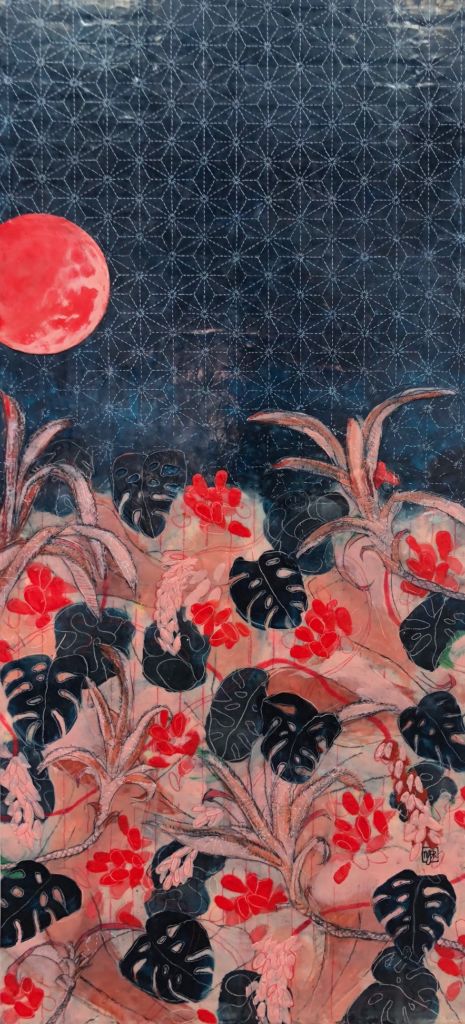
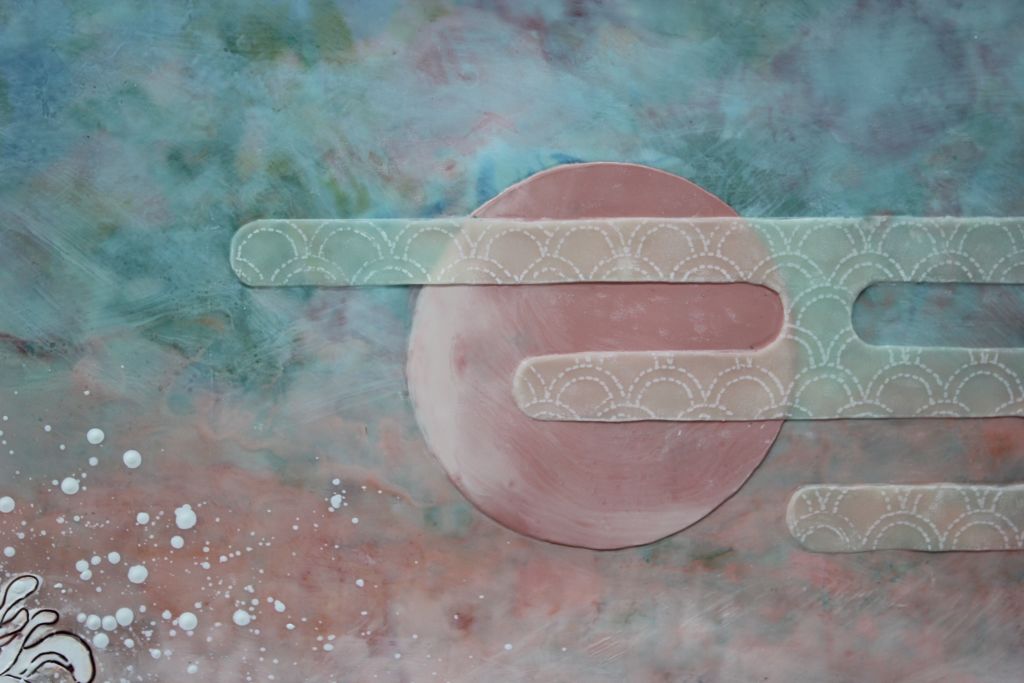

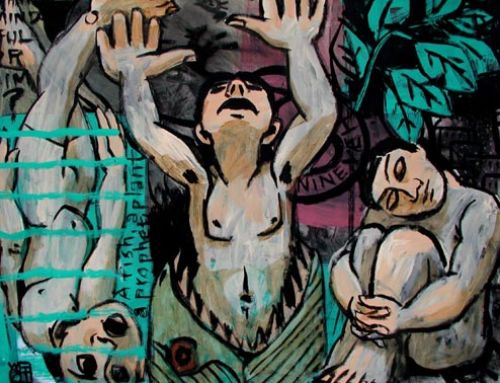
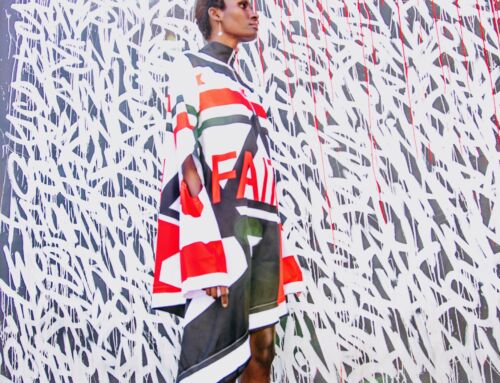
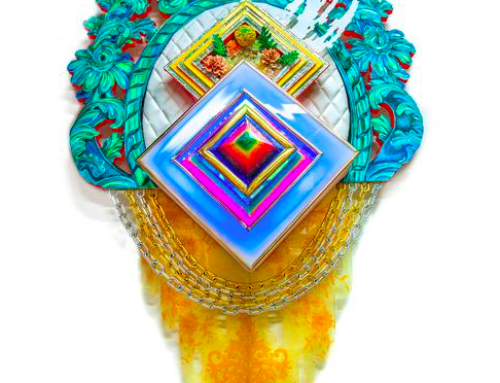
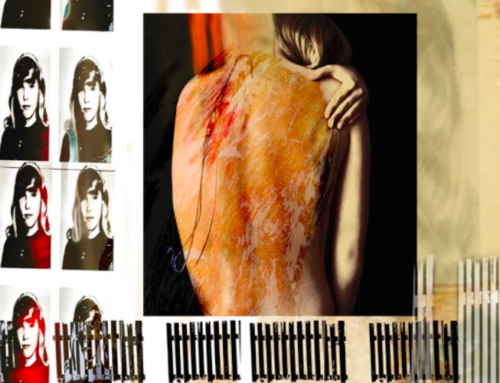

Leave A Comment